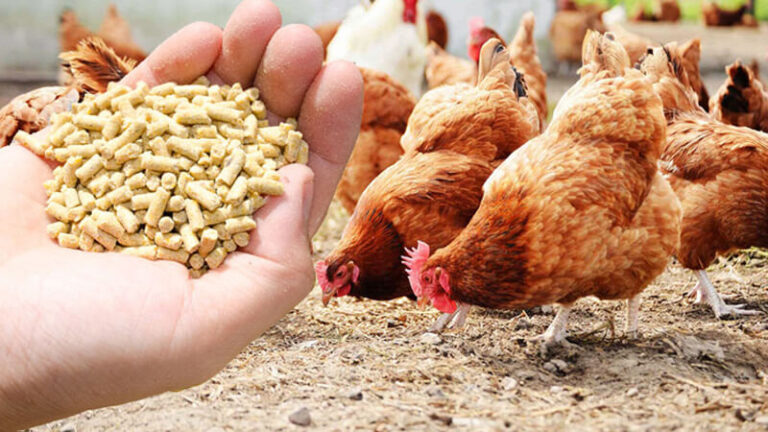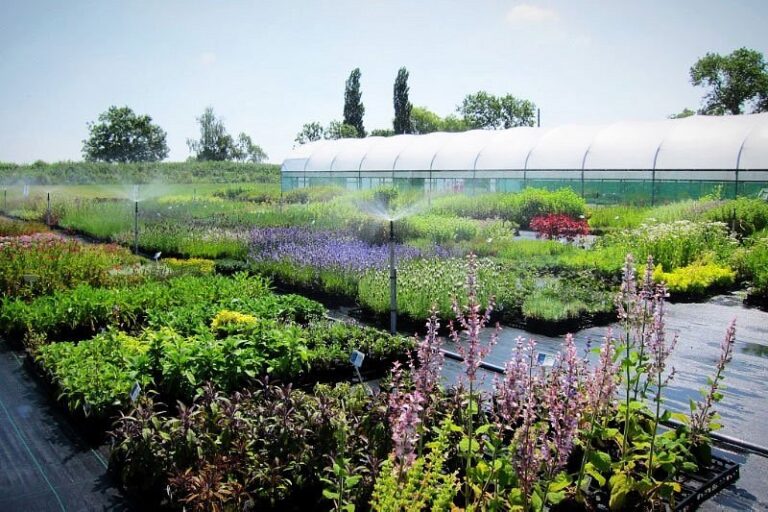Hydroponic Farm
Introduction
The proposed business is a hydroponic farm in Africa that aims to produce high-quality vegetables, fruits, and herbs using modern hydroponic farming technology. The hydroponic farm will be established on a 5-acre land in a suburban area with easy access to transport links, water, and electricity. The primary objective of the hydroponic farm is to provide fresh, organic, and healthy produce to local consumers while also generating a profitable and sustainable business.

Market Analysis:
The market for fresh and healthy produce is growing rapidly in Africa, as more people become health-conscious and aware of the benefits of eating fresh, organic food. The hydroponic farming method allows for the production of high-quality, nutrient-dense vegetables and fruits, making it an ideal solution for meeting the growing demand for fresh and healthy produce. The market for hydroponically grown produce is still relatively untapped in Africa, providing an excellent opportunity for the proposed business.
Products and Services:
The hydroponic farm will specialize in the production of a variety of vegetables, fruits, and herbs, including lettuce, spinach, kale, strawberries, tomatoes, and peppers. The produce will be grown using modern hydroponic farming technology, which allows for the precise control of water, nutrients, and light to ensure maximum yield and quality. The farm will also offer other related services, such as training and consultancy on hydroponic farming.
Marketing and Sales Strategy:
The proposed hydroponic farm will target local consumers, including individuals, restaurants, supermarkets, and other food retailers. The farm will leverage online and offline marketing channels, including social media, search engines, local print media, and events, to reach potential customers. The farm will also establish partnerships with local food retailers and restaurants to expand its customer base.
Operations and Management:
The hydroponic farm will require a team of skilled personnel, including hydroponic farming experts, technicians, and marketing and sales staff. The farm will operate on a 24/7 basis to ensure maximum yield and quality of produce. The farm will also invest in modern farming equipment and technologies, including hydroponic systems, climate control, and automated irrigation and fertilization systems.
Financial Projections:
The proposed hydroponic farm will require an initial investment of $500,000 to cover the cost of land, equipment, and operational expenses for the first year. The farm is expected to generate revenue of $750,000 in the first year, with a net profit of $250,000. The farm is projected to generate revenue growth of 20% annually for the next five years, with a net profit margin of 35%.
Conclusion:
The proposed hydroponic farm in Africa presents an excellent business opportunity, given the growing demand for fresh, organic, and healthy produce in the region. The farm’s use of modern hydroponic farming technology will enable the production of high-quality, nutrient-dense vegetables, fruits, and herbs, while also ensuring profitability and sustainability. With the right team, equipment, and marketing strategy, the proposed hydroponic farm has the potential to become a leading producer of hydroponically grown produce in Africa.
here’s a projected income statement for the hydroponic farm in Africa:
| Year 1 | Year 2 | Year 3 | Year 4 | Year 5 | |
| Revenue | $750,000 | $900,000 | $1,080,000 | $1,296,000 | $1,555,200 |
| Cost of Goods Sold | $400,000 | $480,000 | $576,000 | $691,200 | $829,440 |
| Gross Profit | $350,000 | $420,000 | $504,000 | $604,800 | $725,760 |
| Operating Expenses | $100,000 | $120,000 | $144,000 | $172,800 | $207,360 |
| Net Operating Income | $250,000 | $300,000 | $360,000 | $432,000 | $518,400 |
| Interest Expense | $20,000 | $18,000 | $16,000 | $14,000 | $12,000 |
| Net Income | $230,000 | $282,000 | $344,000 | $418,000 | $506,400 |
Notes:
- Revenue is projected to grow at 20% annually for the next five years, driven by the increasing demand for fresh, organic, and healthy produce in the region.
- Cost of goods sold (COGS) is estimated to be 53% of revenue, assuming a gross profit margin of 47%. COGS includes the cost of seeds, fertilizers, equipment maintenance, labor, and other direct costs associated with farming.
- Operating expenses include salaries, rent, utilities, marketing, and other indirect costs of running the business. Operating expenses are projected to grow at 20% annually in line with revenue growth.
- Interest expense represents the cost of financing the initial investment of $500,000 at an interest rate of 4% per year.







